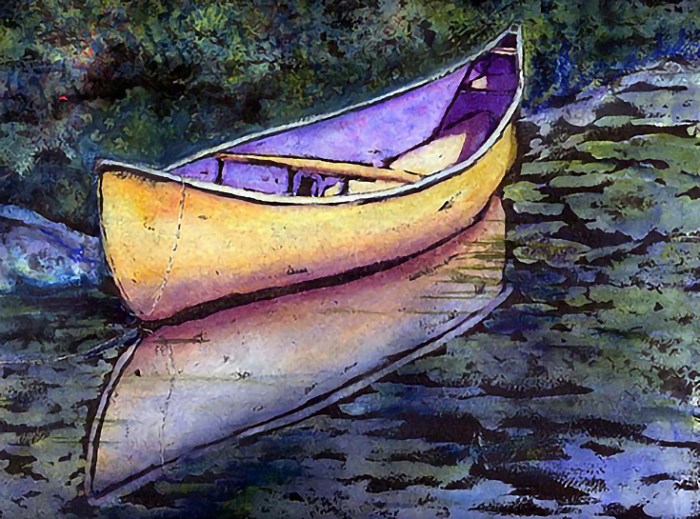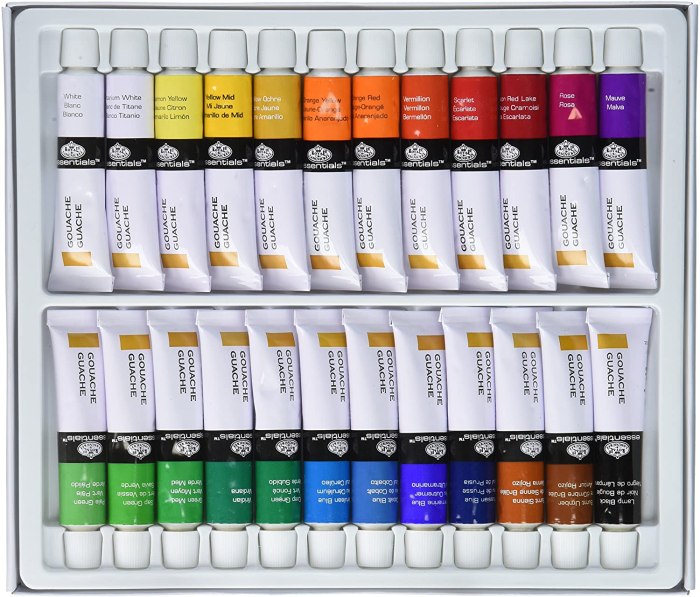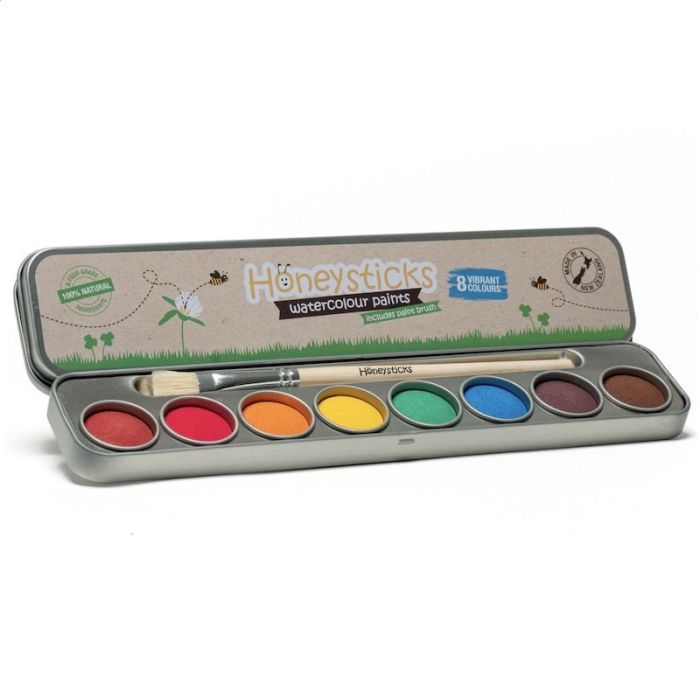Tempera gouache and watercolor are all water-based paint media – As tempera, gouache, and watercolor take center stage as water-based paint media, this opening passage invites readers into a world of artistic expression. Each medium possesses unique characteristics, techniques, and historical significance, offering artists a diverse palette for their creative endeavors.
Delving into the similarities and differences between these media, we will explore their composition, properties, and techniques. We will trace their historical origins and evolution, examining their use in different cultures and periods.
Comparison of Tempera, Gouache, and Watercolor: Tempera Gouache And Watercolor Are All Water-based Paint Media

Tempera, gouache, and watercolor are three distinct water-based paint media that share certain characteristics but differ in composition, properties, and techniques. Understanding these differences is crucial for artists to make informed choices about the most suitable medium for their artistic expressions.
Tempera is a paint made from pigments suspended in an egg yolk binder. It is characterized by its opacity, matte finish, and quick drying time. Gouache, on the other hand, is a water-based paint made from pigments suspended in a gum arabic binder.
It is opaque, has a velvety texture, and can be rewetted and reactivated with water.
Watercolor, in contrast, is a transparent paint made from pigments suspended in a water-soluble binder. It is known for its luminosity, fluidity, and the ability to create ethereal effects through layering and washes.
Historical Context and Evolution, Tempera gouache and watercolor are all water-based paint media
Tempera has a rich history dating back to ancient Egypt, where it was used for wall paintings and illuminated manuscripts. It was also widely employed during the Middle Ages and Renaissance periods for religious and secular artworks.
Gouache emerged in the 18th century as a more portable and versatile alternative to tempera. It gained popularity among artists for its ability to produce both opaque and transparent effects.
Watercolor, with its roots in Chinese and Indian painting traditions, became prominent in Europe during the 18th and 19th centuries. It was favored by landscape painters and watercolorists for its ability to capture the subtleties of light and atmosphere.
Artistic Techniques and Applications
Tempera is often applied in thin, opaque layers to create detailed and precise works. It is suitable for both large-scale murals and small-scale paintings.
Gouache can be used for both opaque and transparent effects, making it versatile for a wide range of techniques. It is commonly used for illustrations, posters, and commercial art.
Watercolor is applied in transparent layers, allowing the underlying layers to show through. It is ideal for capturing the effects of light and atmosphere, and is often used for landscapes, still lifes, and abstract paintings.
Pigments and Color Theory
Tempera and gouache use a wide range of pigments, including natural earth pigments and synthetic colors. Watercolor, on the other hand, typically uses transparent pigments that allow light to pass through.
The choice of pigments influences the color range and vibrancy of the paint. For example, tempera and gouache produce more intense and opaque colors, while watercolor creates more subtle and luminous effects.
Effects and Finishes
Tempera can be used to create a variety of effects, including glazing, layering, and impasto. Gouache can produce both matte and glossy finishes, and can be used for mixed media techniques.
Watercolor is known for its transparency and fluidity. It allows for the creation of ethereal effects, soft transitions, and luminous washes.
Preservation and Conservation
Proper care and preservation are essential for ensuring the longevity of tempera, gouache, and watercolor paintings. Storage conditions, framing, and restoration techniques play a crucial role in preserving these artworks.
Tempera paintings should be stored in a cool, dry environment with stable humidity levels. Gouache and watercolor paintings are more sensitive to moisture and should be protected from direct sunlight and water damage.
Proper framing and glazing can protect paintings from dust, dirt, and UV radiation. Restoration techniques can be employed to repair damaged paintings and restore their original appearance.
Helpful Answers
What is the difference between tempera, gouache, and watercolor?
Tempera is an opaque, egg-based paint that dries quickly, while gouache is an opaque, water-soluble paint that can be reactivated with water. Watercolor is a transparent, water-soluble paint that creates washes of color.
What are the advantages of using water-based paint media?
Water-based paint media are easy to clean up, dry quickly, and offer a wide range of techniques and effects.
How can I preserve my water-based paintings?
Store your paintings in a cool, dry place away from direct sunlight. Frame them using acid-free materials and consider using a UV-protective varnish.


